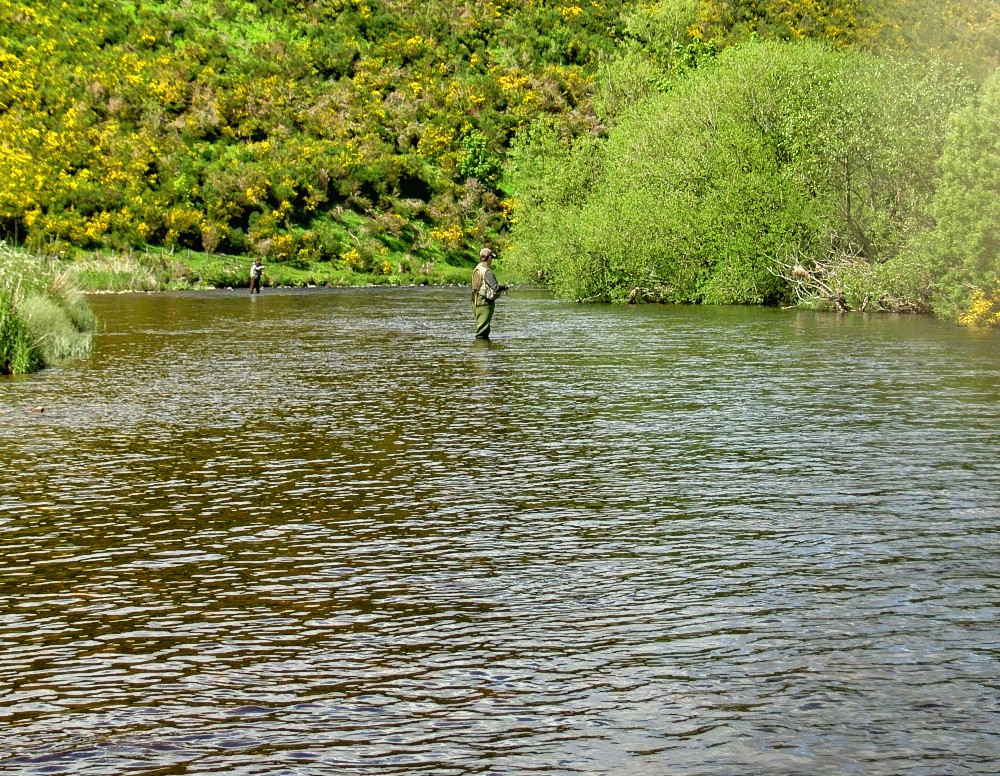Morning All!
What can I say, thank you for the help!
Progress update...I went home last night after watching Marc's video he posted and things have drastically improved. I think I got into the habit of watching the water when dry fly fishing and not worrying what my back cast was doing so grabbing the heavy set up meant that the back cast was having much more "influence" on the forward cast as it was starting out wrong.
Actually taking time to watch the back cast I could see I was throwing off to the side a little. A bit of thought and concentration and things came together and distance improved without extra effort. Presumably because the rod is now unloading in a straight line?
To answer some of the other questions....
It is the standard Outbounds, not the Shorts.
Leader wise I use a 7ft salmon poly leader, 2 feet of 25lb mono and a trace...however, looking at the Scandi anglers, they are using 5 feet of 30lb mono, so I will try that. I doubt 12-14" flies will "turn over" with a leader, more like "continue to fly past the tip".
I do tend to slip a few extra feet on the last back cast...habit. Works well with the Outbounds, works not to bad with the Sniper.
I do tend to use a late haul on the heavier gear. Again, habit I think.
I played around with release timing (hard to change habits!) and I am no longer getting a collapse at the end of the cast

Instead I am getting the loop open but lay down straight, so a little more work required.
I have found the ridged Sniper does not shoot as well as the Outbound and the running line is twice as thick so there is a bit of drag already. I did not try letting the running line shoot through my fingers, but I will try that tonight. It is certainly something I do with my Sea Trout 7 weight shooting heads with a mono running line, so worth trying.
Ben,
the reason I went for the Snipers is because there were lots of people raving about them on the PFFA site. (Outbounds also get a thumbs up). I was lead to believe the Sniper could handle the bigger flies, and they certainly do compared to the Cortland "Pike Line" I was using for a floater, but, they are not a pleasant line to use at all. My Di7 is a standard 40+ and that's a nicer line to shoot as the running line is far thinner and it just flies. The Snipers seem to load the rod but "hang back" on the shoot...as if you are casting into the wind. It is hard to explain.
The other reason for the Snipers was cost to tell the truth. I got a floater and a Di3 for £55. I could not get a single outbound for that....although my Intermediate Outbound is still my most used line


